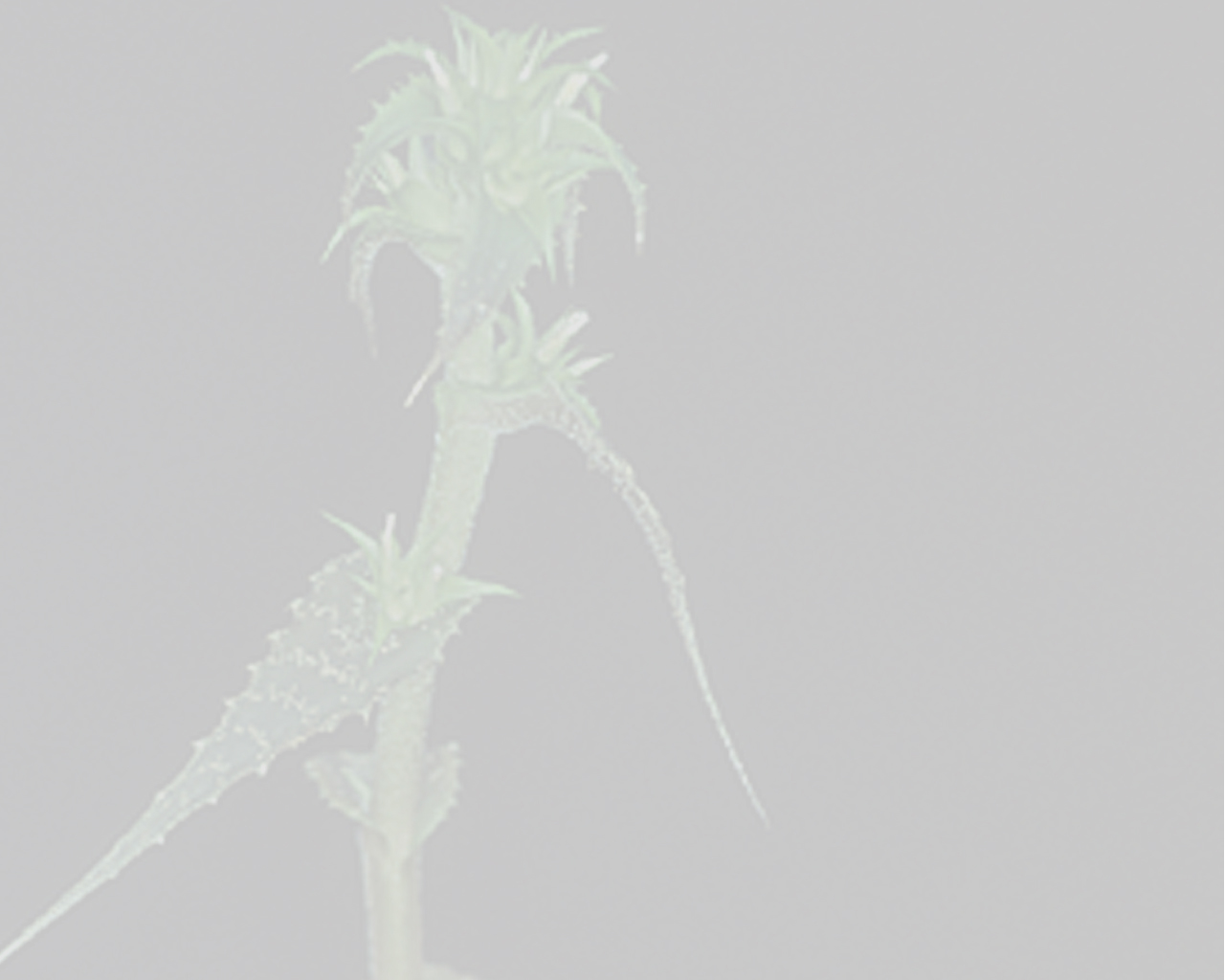

 Orthophytum arcanum Leme[as Orthophytum arcanum ]
Orthophytum arcanum Leme[as Orthophytum arcanum ]Diagnose: —Diagnosis:—This new species has some morphological affinities with O. vagans and O. pseudovagans but clearly differs from both by stemless plants (vs. caulescent), leaf blades with smaller marginal spines (0.2–0.5 mm vs. 1–3.5 mm), sepals red (vs. white or whitish), and petals acute (vs. obtuse-cucullate). Observations: —Orthophytum arcanum is an outlier species without clear morphological affinity with any known species, like the other two species that are endemic to the same type region, O. roseolilacinum Leme (2015: 284), the single member of subg. Krenakanthus Leme, S. Heller & Zizka (2017: 75), and O. vasconcelosianum Leme (2015: 287), a member of subg. Orthocryptanthus Leme, S. Heller & Zizka (2017: 77). Initially, we considered the possibility of this new species being a member of Sincoraea Ule (1908: 191), and so we exemplified the sacciform type of its petal appendages (Fig. 15 F) in Leme et al. (2017: 44, fig. 21 D) as “Sincoraea sp. nov. (SAC, Leme 9093)”. However, the combination of geographical and morphological features of O. arcanum recommends its inclusion in Orthophytum subg. Capixabanthus rather than in Sincoraea, despite some discordant characters, like stigma simple-patent with longer and papillate lobes (Fig. 14 G), neither simple-dilated with broadened, densely papillate lobes as in Orthophytum subg. Capixabanthus, nor simple-erect with more compact, not papillate or inconspicuously papillate lobes as in Sincoraea. The sessile, sometimes simple inflorescence, the inner leaves and primary bracts brightly colored at the base at anthesis and the sacciform petal appendage in some species of Orthophytum subg. Capixabanthus are also reported for members of Sincoraea. However, subg. Capixabanthus differs from Sincoraea by plants distinctly caulescent (vs. always stemless) or when stemless, then inflorescence pedunculate (vs. never pedunculate), inner leaves, and primary bracts concolorous (vs. always forming a colorful ring around the inflorescence) or when forming a colorful ring around the inflorescence, then plants long caulescent (vs. always stemless) and petals obtuse-cucullate (vs. not obtusecucullate), or when not obtuse-cucullate, leaf rosette not flat at anthesis (vs. always flat). In addition, subg. Capixabanthus contrasts with Sincoraea in having simple-dilated stigma type distinctly papillate (vs. simple-erect, without papillae or inconspicuously papillate), and pollen slightly smaller (35–40 μm vs. 40–45 μm in diameter), with reticulum formed by broad and flat muri with lumina or foveolae decreasing in size significantly towards the sulcus margins especially towards the apices, and the exine becoming almost psilate (vs. reticulum finely meshed with rather broad muri and lumina decreasing slightly to the sulcus margins). On the other hand, subg. Capixabanthus is endemic to Atlantic Forest related habitats in the central-northweastern region of Espírito Santo state, and in neighboring areas in Minas Gerais and Bahia states, mainly in the region of the three border between these states, while Sincoraea is restricted to the Campos Rupestres of the Septentrional Plateau of the Espinhaço Range in Minas Gerais and Bahia states. This new species has some morphological affinities with O. vagans Foster (1960: 59) and O. pseudovagans Leme & L. Kollmann (2007: 155) but clearly differs from both by plants stemless (vs. caulescent), leaf blades with smaller marginal spines (0.2–0.5 mm vs. 1–3.5 mm), inflorescence sometimes inconspicuously pedunculate (vs. always sessile), sepals glabrous (vs. distinctly lepidote), red (vs. white or whitish), and petals acute (vs. obtuse-cucullate)Edited from (1---0-2020): Leme et al. 2020a. (protologue) Miscellaneous new species in the “Cryptanthoid complex” (Bromeliaceae: Bromelioideae) from Eastern Brazil .